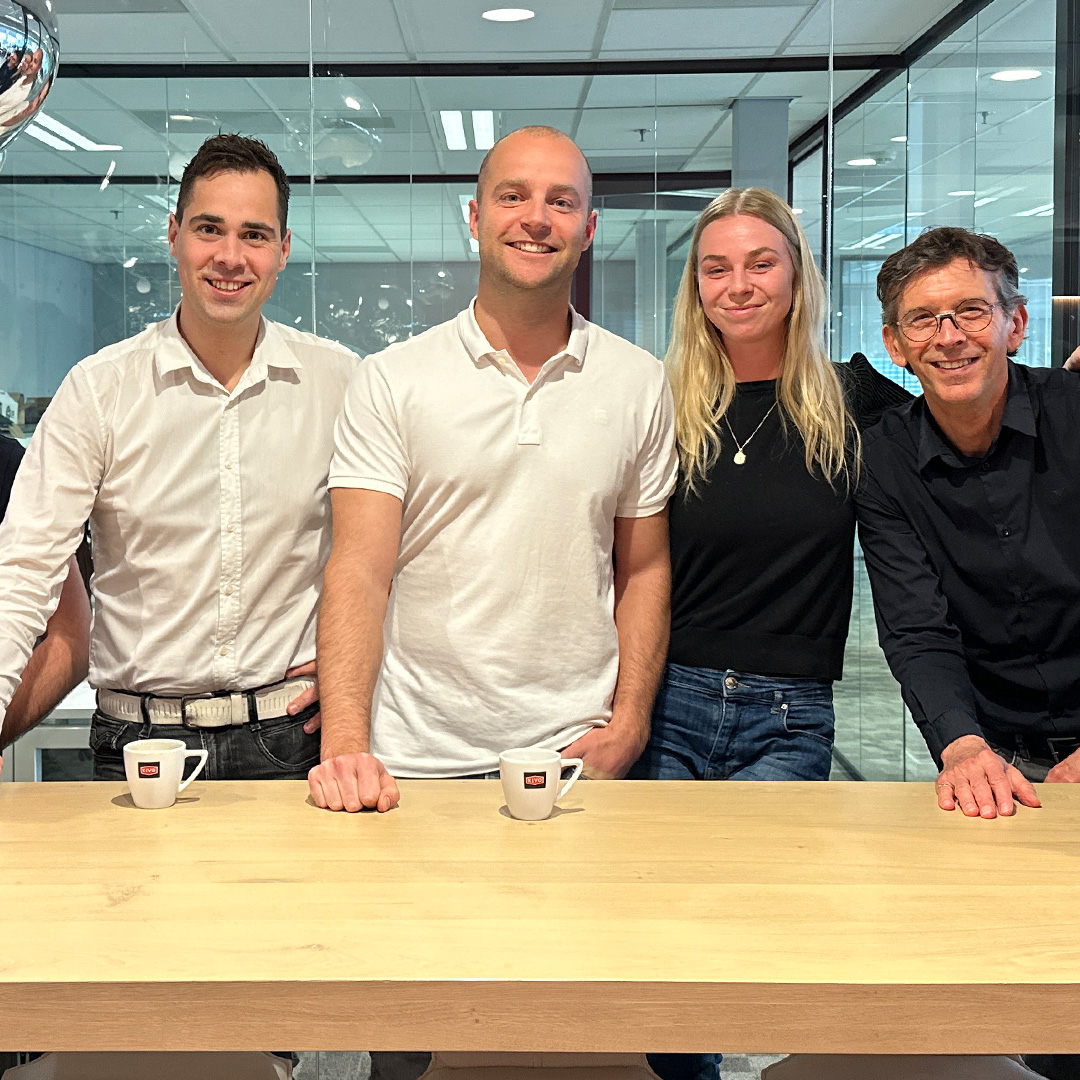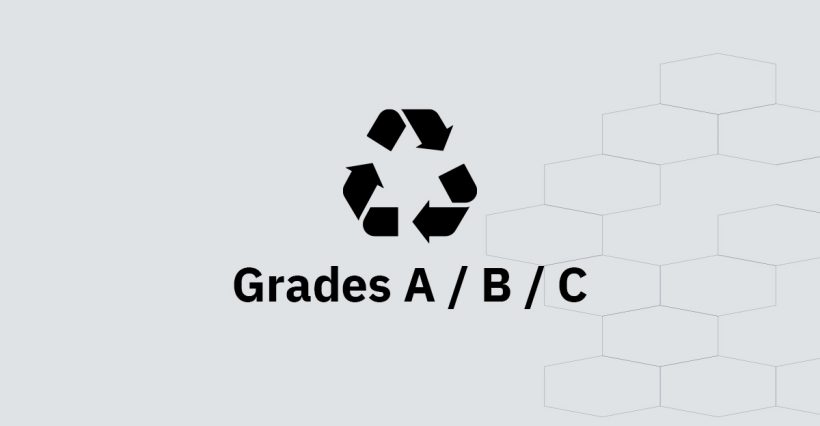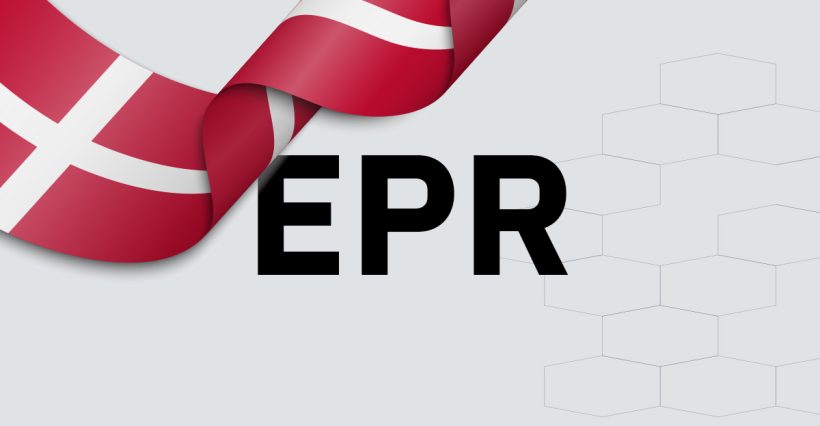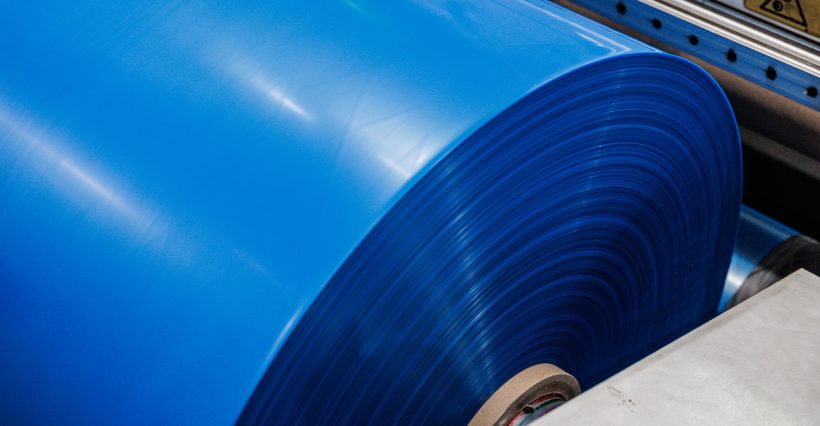As we navigate the changing packaging landscape, it is crucial to stay abreast of regulatory changes that can affect our industry. PPWR, or Plastic Packaging Waste Regulation, is one such regulation of which it is important to be aware.
Key objectives of the PPWR are to ensure that all packaging is reusable or recyclable in an economically viable manner by 2030 and to encourage the uptake of recycled content, address over-packaging and reduce packaging waste.
Based on these objectives, it is clear that there will also be implications for shrink wrap packaging. In this article on our website, we try to share our current understanding of these possible implications.
Author: Theo Schilder, director of business development at KIVO Flexible Plastics.
First, it is important to note that the PPWR is still a work in progress. However, since the European Parliament's Committee on the Environment, Public Health and Food Safety (ENVI) voted on proposed amendments to the draft regulation, introduced by the European Commission in November 2022, we do have a good idea of the direction the final legislation will reflect.
PPWR: Limitations
One of the most notable measures is the planned ban on shrink wrap for multi-packs sold to consumers. The exact proposed text for the restriction now reads:
''There will be a ban on plastic packaging used at a point of sale to group goods sold in bottles, cans, tins, jars, tubs and packets - designed as convenience packaging - to enable or encourage consumers to buy more than one product. This excludes grouped packaging required to facilitate handling in business-to-business distribution."
In other words, from 31 December 2027 (as read in the amendment to Article 22), plastic shrink film can no longer be used for multi-packs sold to consumers.
Especially in Western developed countries, where such packaging is largely discarded and then to be properly recycled, we believe (and studies show) that such a ban is likely to have a net negative impact on the environment. Unfortunately, such concerns have not received sufficient support in the EP.
Recycled content
The shrink packaging allowed is the packaging needed to facilitate handling in B2B distribution. This is still a large, largely unprinted, part of the total current volume. In some markets, such as Britain's, there are already (tax) measures in place to encourage the use of recycled content in plastic packaging. This is not yet the same as a 'regulation' and with PPWR, that will change.
According to the PPWR proposal, non-contact packaging (such as shrink-wrap for bottles, cans, etc.) will have to use a minimum of 35% post-consumer recycled material (PCR). This percentage should increase to 65% by 1 January 2040. If the right quality PCR granules are available, the target of 35% is already achievable now. Even without the need to increase thickness further as a compensatory measure. We have successful usage scenarios that demonstrate this. Growing to 65% will be more challenging, both in terms of quality and quantity of available PCR. Together with our customers, we will continue to innovate to succeed in this.
Recyclability
In terms of recycling, we do not foresee any challenges at present. On the contrary; based on our insights, LDPE shrink packaging is already widely recycled. The demand for such waste is high and, under the right conditions, closed loops can be established. Together with SCG/KRAS Recycling and REKS LLC, we already manage stable streams of plastic waste (up to 18K tonnes per year) collected from retail chains, much of which contains used B2B shrink packaging. This is separated, washed and recycled into rLDPE Natural PCR and then used in the production (blow film extrusion) of a new shrink film into 50% PCR.
Our take on PPWR
When it comes to shrink wrap, especially for B2B distribution, it should be a no-brainer to explore options to maximise PCR content now, while maintaining the same thickness and printability. It will help the environment and it can already bring a financial benefit in some markets (such as Spain and the UK) where tax measures are already in place. It will also help you PPWR-proof your packaging.
Keep an eye on us for more updates on this topic as we explore the dynamic world packaging regulations.



